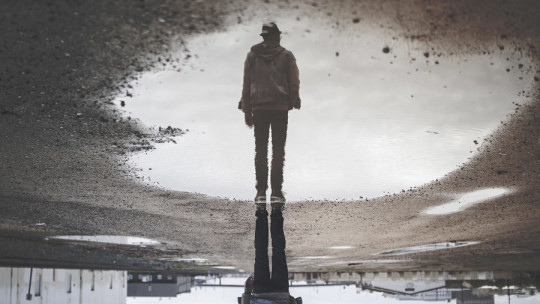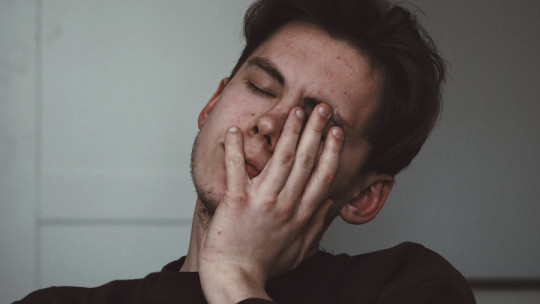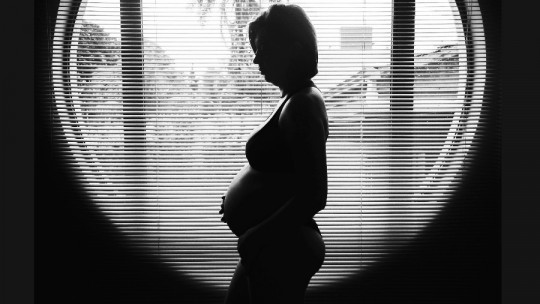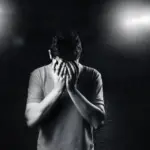It is common to feel a little down from time to time, or experience sadness when faced with an event that has shaken us emotionally. The feelings that generate discomfort are part of life, and the so-called “negative emotions” are not pathological in themselves, even if we associate them with displeasure and try to avoid them.
However, we must keep in mind that not all ways in which emotional pain is experienced are the same, and sometimes what we believe to be sadness intrinsic to the “normal” way of living life may be one of several types. of depression that exist. Depressive disorders are capable of taking different forms, and there are those who, because they do not know how to identify the symptoms of these psychopathologies, spend months or years without understanding that they need to go to therapy.
In this article we will focus precisely on that topic: the main types of depression that has been shaping scientific research in mental health.
Depression, a multifactorial disorder
If the suffering is persistent, you are sad most of the time and this experience affects your daily life, you may suffer from depression a mood disorder that can seriously affect our lives and that also goes hand in hand with the risk of trying to kill oneself or developing a lifestyle that is very harmful to health in the medium and long term.
Furthermore, depression is a very complex phenomenon, since it is not known what exactly causes it; The most accepted hypothesis is that it has a multifactorial origin, so it has both a behavioral component (that is, coming from the way in which we interact with the environment and perceive what happens to us) and a biological component (above all, based on genetic predispositions). ). Therefore, when faced with the symptoms of depressive disorders It is usually recommended to start a psychotherapy process and, in parallel, have medical assistance to use psychotropic drugs with the supervision of a professional.
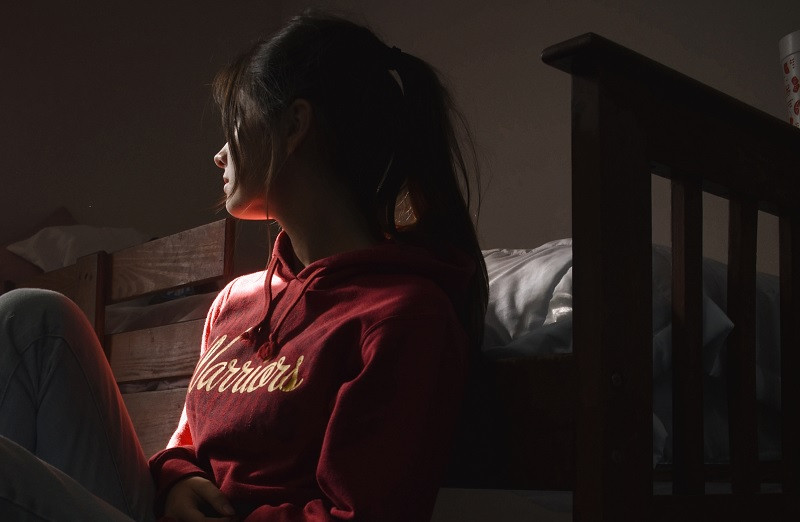
It is not always easy to know when this phenomenon has taken its toll on us, since there are several types of depression and, therefore, the ways in which its presence can be identified vary. However, all psychopathologies that can be grouped in this category have several common characteristics, as we will see. In general, the sooner we go to therapy, the greater the chances of overcoming this psychological disorder in a relatively short time and without having developed problems derived from it (addictions, family conflicts, work crises, or even suicide attempts).
Let’s see, then, what the characteristics of these types of depression are to know what we are facing in each case.
Types of depression and their characteristics
Depression is common these days, and it is common for people to resort to drugs to relieve the pain felt with this pathology. He prozac (fluoxetine), also called the drug of happinessis commonly consumed in developed societies.
However, the truth is that this set of psychopathologies can hardly be overcome simply by consuming medications. This is due to its complexity and the diversity of its symptoms and characteristics. While the active ingredient of these drugs is always the same, depressive-type disorders interact in very unforeseen ways with all the biological and contextual elements of each individual.
Treatment with drugs is advisable in severe cases, but psychotherapeutic support must always be available to manage and overcome types of depression (in psychological therapy, in addition, the risk of suffering side effects is much lower). It is important to understand that psychologists can also help you overcome depression using their techniques and methods adapted to you so that you adopt new habits that weaken the symptoms of this disorder and promote its disappearance depending on the way in which the disorder affects you.
But… what are the different types of depression and how are they usually expressed through symptoms? Depression is part of the mood disorders and always affects our general well-being. our social interaction, our appetite and sexual desire, and many other behavioral aspects, but the way in which it does this depends on the specific type of depressive disorder that we have developed. These variants of depression are listed below.
1. Major depression
Major depression is the most serious type of depression, as its name suggests, and It is characterized by the high intensity of the symptoms, and by the fact that they are present practically all day long.
In this psychopathology there is the appearance of one or several depressive episodes lasting at least 2 weeks. It usually begins during adolescence or young adulthood. The person who suffers from this type of depression may experience phases of normal mood between depressive phases that can last months or years.
It is classified within unipolar episodes since there are no phases of mania, and it can cause very serious problems for the patient if it is not treated effectively. In fact, suicidal ideation can lead to death if it is translated into effective actions to end one’s life.
Symptoms of major depression
These are some of the symptoms of major depression according to the manual DSM-IV-TR :
According to the DSM-IV, there must be the presence of five (or more) of the above symptoms over a 2-week period which represent a change with respect to the previous activity; one of the symptoms must be (1) depressed mood or (2) loss of interest or the ability to feel pleasure.
Types of major depression
Within major depression, there are different types of major depression :
- Single episode depression : caused by a once-in-a-lifetime event and depression only has that occurrence.
- Recurrent depression : Appearance of depressive symptoms in two or more episodes in the patient’s life. The separation between an episode must be at least 2 months without presenting symptoms.
2. Dysthymia
Among the types of depression, the dysthymia is less severe than major depression. It is a type of unipolar depression (does not include manic symptoms) and interferes with the normal functioning and well-being of the individual who suffers from it.
The essential characteristic of this disorder is that the patient feels depressed for most of the day, most days for at least 2 years. It can be said that it is a type of major depression “stretched” in time: it lasts longer, but is somewhat less intense in terms of the discomfort it generates and the danger it poses. It is not necessarily necessary to experience strong sadness, but often the most common thing is that there is a feeling of lack of purpose and motivation, as if nothing matters.
Many people with dysthymia may also suffer from severe depressive episodes at some point in their lives.
Symptoms of dysthymia
The main symptoms of dysthymia are the following:
3. Manic depression
This type of disorder, also called Bipolar Disorder, is classified as a type of mood disorder. Although we can include it within the types of depression, it combines depressive states with states of mania, that is, there are extreme highs and lows. Bipolar disorder is a serious pathology, and should not be confused with an emotional instability state.
The treatment is different from that of major depression, and requires mood stabilizers (such as lithium), as well as professional support through psychotherapy and attention to the patients’ family environment. However, during the depressive episode, the symptoms are usually very similar to those of major depression, although there are some differences to consider.
Symptoms of manic depression
The depressive symptoms may include:
The manic symptoms They can cover:
exaggerated self-esteem
- Less need for rest and sleep
- Increased distraction and irritability
- Excessive participation in pleasurable and high-risk activities that can cause painful consequences, for example provocative, destructive or anti-social behavior (sexual promiscuity, reckless driving, alcohol and drug abuse).
- Increased talkativeness (e.g. increased rate of speech, rapid topic changes, intolerance of interruptions)
- Feelings of “excitement” or euphoria
- Marked changes in mood, for example unusually happy or silly, unusually angry, agitated or aggressive
- Increased sexual desire
- Higher energy level
- Little common sense in sensible people
4. Seasonal depressive disorder (SAD)
This depressive state is called Seasonal Depressive Disorder (SAD) and is characterized by occurring during a certain time of year, usually during winter.
Symptoms usually intensify slowly in the late fall and winter months. These symptoms are very similar to those that occur in other types of depression:
- hopelessness
- Increased appetite with weight gain
- Increased sleep (poor sleep is more common with other forms of depression).
- Less energy and ability to concentrate
- Loss of interest in work and other activities
- slow movements
- Social isolation
- Sadness and irritability
There is also another variant of SAD and some people suffer from it in summer:
- lack of appetite
- weight loss
- Insomnia
- Irritability and anxiety
- Concern
5. Psychotic depression
Psychotic depression It is a subtype of major depression which occurs when a severe depressive illness includes some type of psychosis. Unlike other types of depression, it is characterized by the prescience of psychotic symptoms: hallucinations and/or delusions that qualitatively alter the way in which reality is perceived.
6. Postpartum depression
Among the types of depression, we can include postpartum depression. It is characterized because can occur shortly after delivery.
This type of depression can occur up to a year after the woman has given birth, although it usually occurs within the first three months after giving birth.
Causes of postpartum depression
Some of the causes of postpartum depression are the following:
- Body-level changes from pregnancy and childbirth (for example, due to hormonal change)
- Changes in labor and social relations
- Have less time and freedom for yourself
- Changes in the sleep-wake cycle due to birth
- Concerns about your ability to be a good mother


